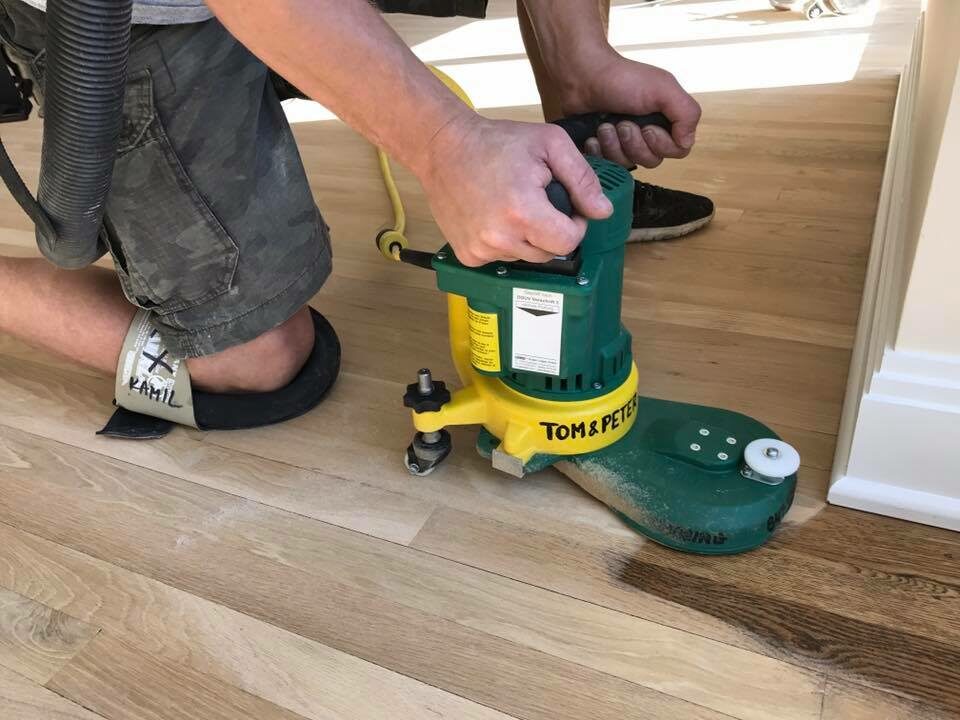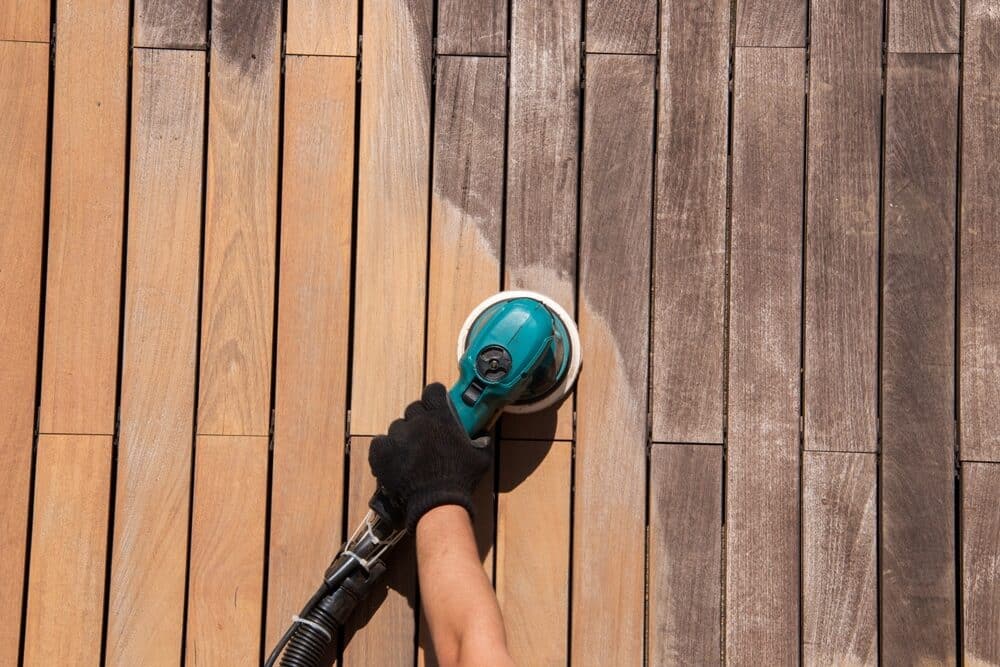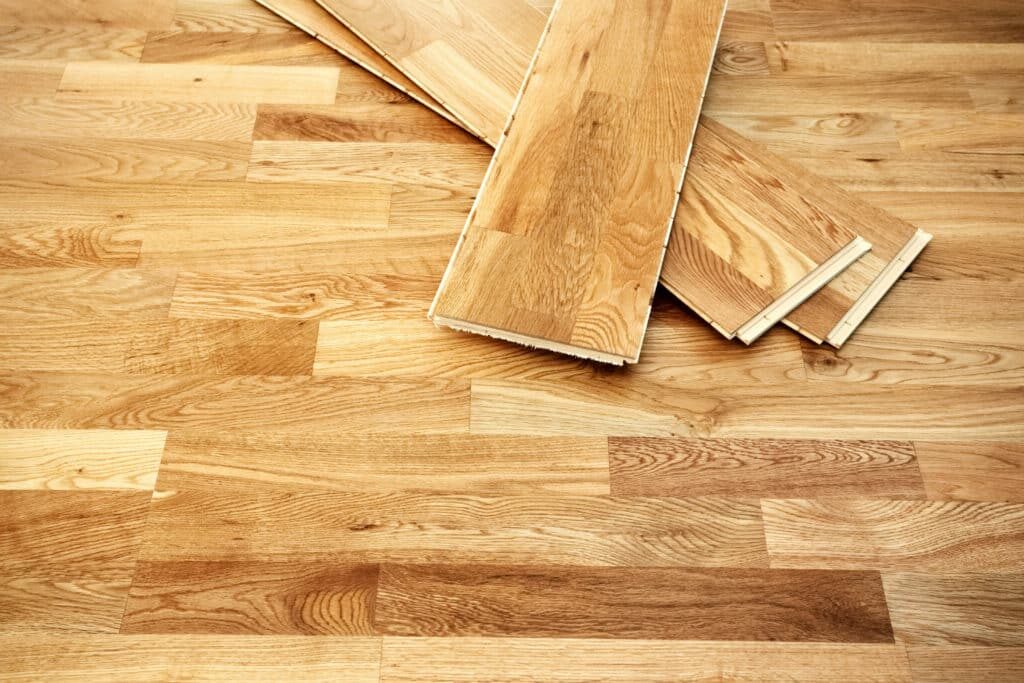London:
Nationwide:
What is Laminate Wood Flooring? A Popular Flooring Option
Posted on May 3, 2023
Articles
The Ultimate Guide to Laminate Wood Flooring: Discover Its Benefits, Features, and Installation Process
Laminate wood flooring has become increasingly popular over the past few years, and for good reason. This type of flooring is budget-friendly, easy to install, and offers a wide range of design options that can suit any home. But what exactly is laminated wood flooring? In this comprehensive guide, we’ll dive deep into everything you need to know about this versatile flooring option, including its composition, benefits, and installation process.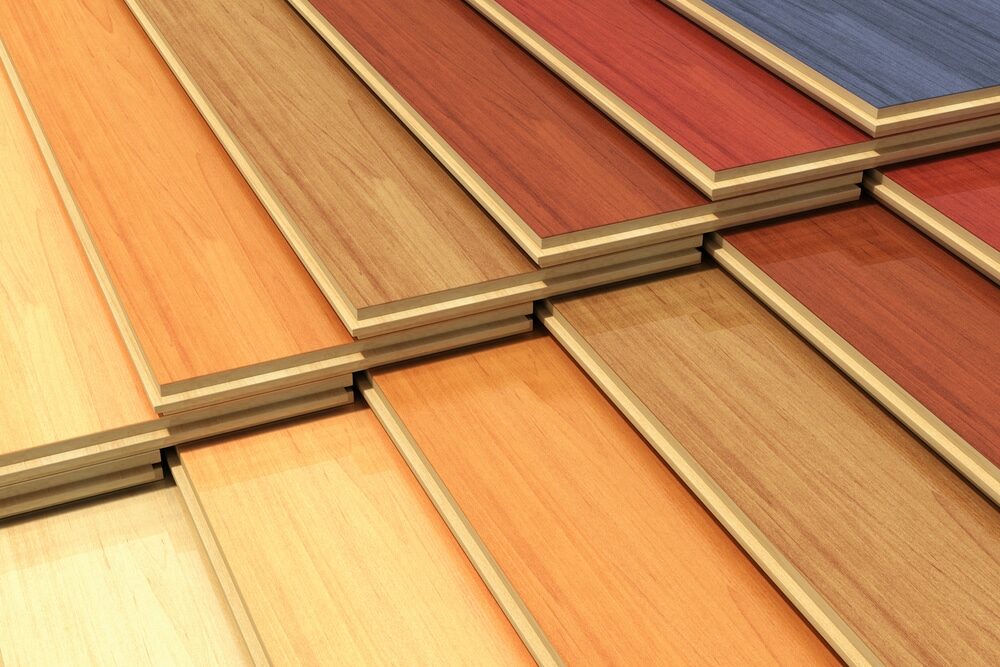
Part 1: Understanding Laminate Wood Flooring
1.1 Composition of Laminate Wood Flooring Laminate wood flooring is a multi-layered synthetic flooring material that simulates the appearance of real wood. It is made up of four primary layers:- Wear Layer: This transparent, durable top layer protects the flooring from scratches, stains, and wear, making it suitable for high-traffic areas.
- Design Layer: Beneath the wear layer is a high-resolution photographic image that mimics the look of natural wood. This layer can feature various designs, textures, and patterns, making it highly customizable.
- Core Layer: The core layer is made of high-density fiberboard (HDF) or medium-density fiberboard (MDF), providing stability and support to the flooring.
- Backing Layer: The bottom layer, or backing layer, is a moisture-resistant material that helps prevent warping and provides additional stability.
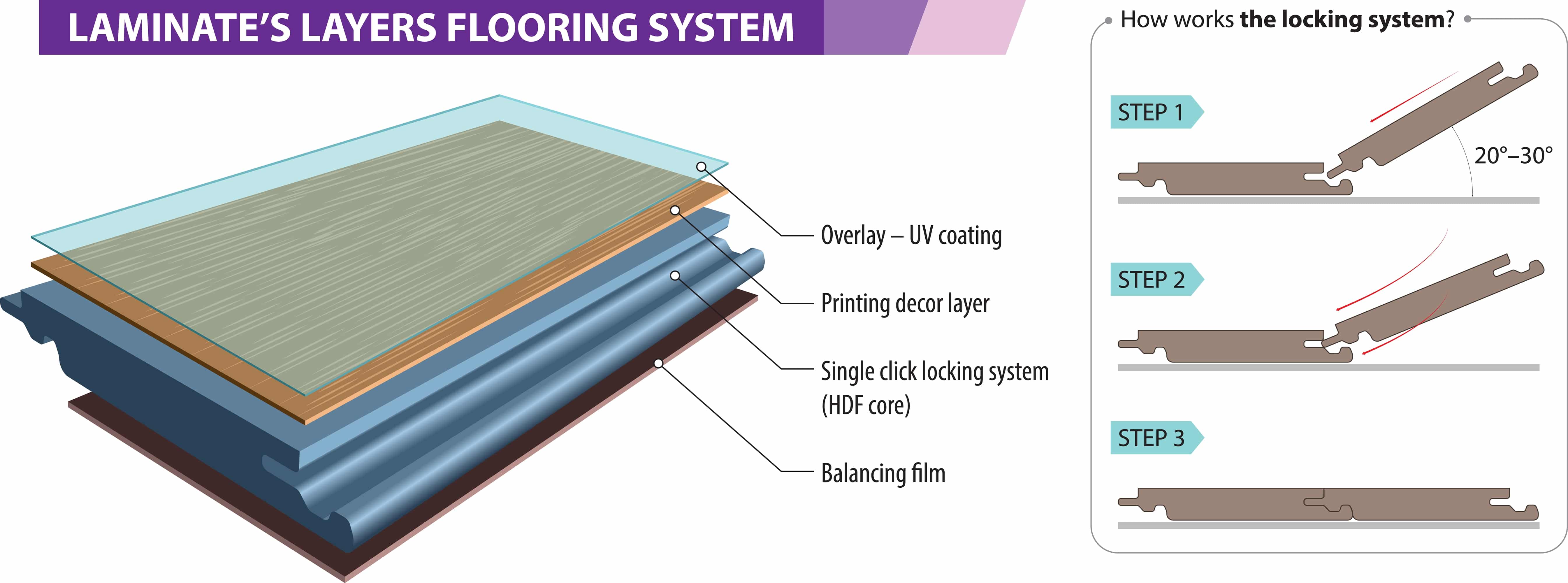 1.2 Types of Laminate Wood Flooring
There are two main types of laminate wood flooring: direct-pressure laminate (DPL) and high-pressure laminate (HPL). The primary difference between the two lies in the manufacturing process.
1.2 Types of Laminate Wood Flooring
There are two main types of laminate wood flooring: direct-pressure laminate (DPL) and high-pressure laminate (HPL). The primary difference between the two lies in the manufacturing process.
- Direct Pressure Laminate (DPL): DPL is the most common type of laminate flooring. It is created by fusing all four layers together under high heat and pressure, resulting in a more affordable product.
- High-Pressure Laminate (HPL): HPL is made by first fusing the wear and design layers separately and then bonding these layers to the core and backing layers under extreme pressure. This process creates a more durable and wear-resistant product, but it is also more expensive than DPL.
Part 2: Benefits of Laminate Wood Flooring
2.1 Affordability One of the primary advantages of laminate wood flooring is its cost-effectiveness. It is generally less expensive than traditional hardwood or engineered wood flooring, making it an appealing option for budget-conscious homeowners. 2.2 Durability and Resistance Laminate wood flooring is designed to withstand wear and tear, making it a suitable option for high-traffic areas such as living rooms and hallways. The wear layer provides protection against scratches, dents, and fading, while the core and backing layers offer resistance to moisture and warping. 2.3 Easy Maintenance Laminate wood flooring is low-maintenance, requiring only regular sweeping or vacuuming and occasional damp mopping. It is also resistant to stains, which means that spills can be easily wiped up without causing damage. 2.4 Design Versatility With a wide range of designs, textures, and patterns available, laminate wood flooring can mimic the appearance of various wood species as well as other materials like stone and tile. This versatility allows homeowners to achieve their desired aesthetic without sacrificing practicality or budget. 2.5: Easy Installation Laminate wood flooring features a click-lock or tongue-and-groove system that allows for quick and easy installation, even for DIY enthusiasts. It can be installed over a variety of existing subfloors, including concrete, plywood, and vinyl.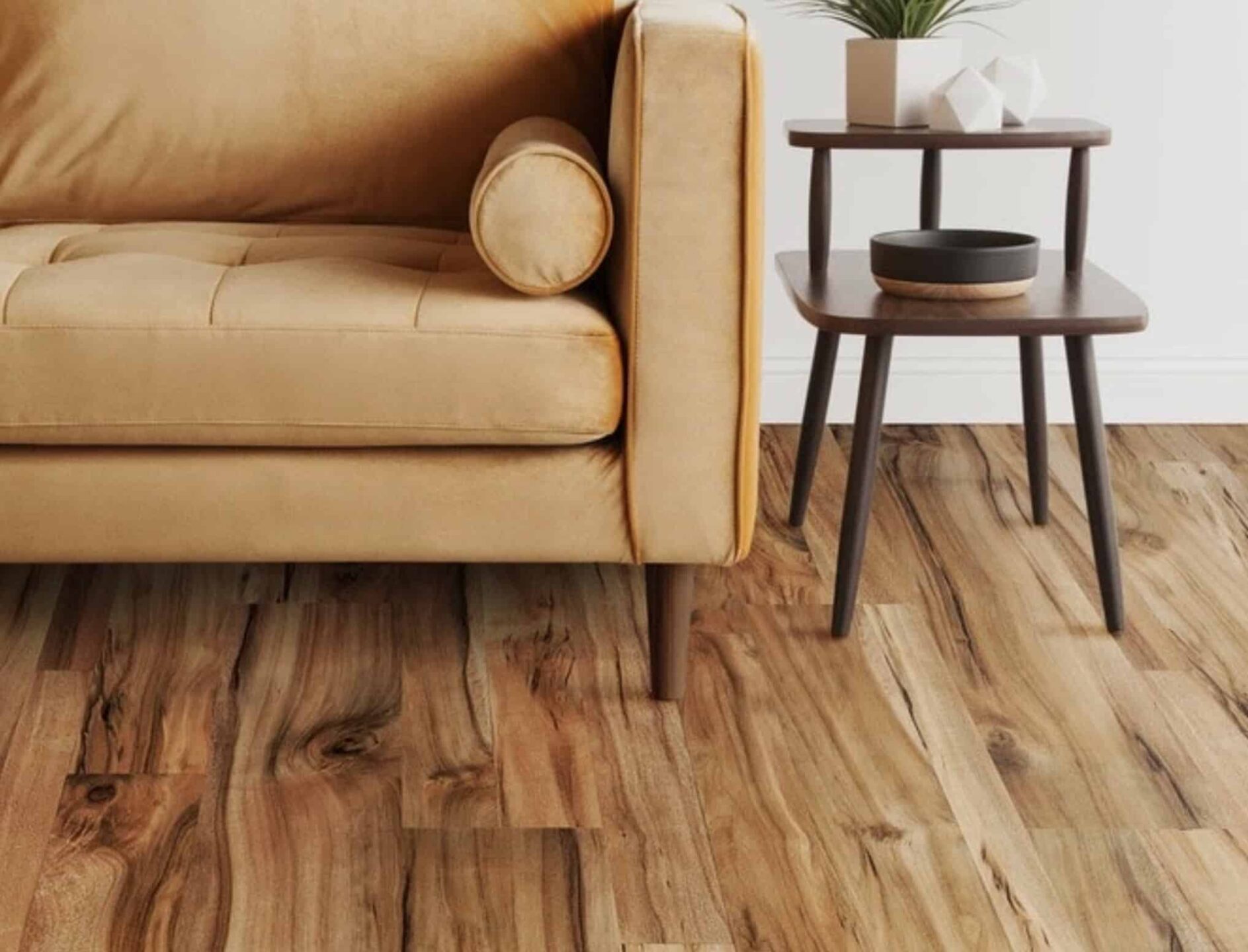
Part 3: Laminate Wood Flooring Installation
3.1 Preparing the Subfloor Before installing laminate wood flooring, it is essential to ensure that the subfloor is clean, level, and dry. Remove any debris, dust, or dirt from the surface, and repair any cracks or uneven areas. If necessary, use a levelling compound to create a smooth and even surface. Additionally, allow any freshly poured concrete subfloors to cure for at least 30 days before installing laminate flooring.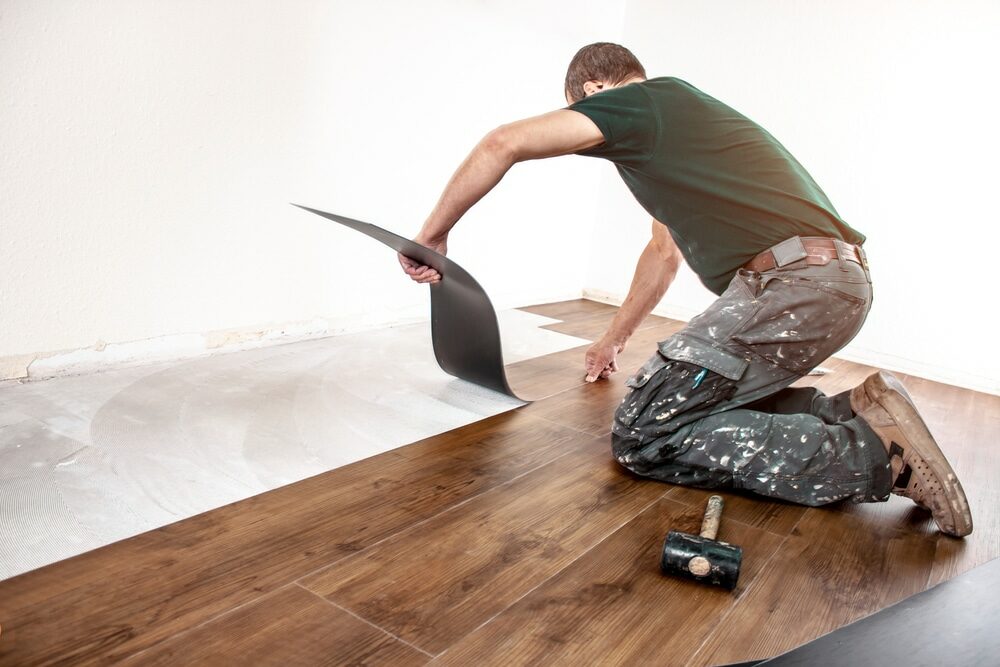
Conclusion
Laminate wood flooring offers a versatile, durable, and cost-effective alternative to traditional hardwood floors. With its wide range of design options, ease of installation, and low maintenance requirements, it’s no wonder this flooring option has become increasingly popular among homeowners. By understanding the composition, benefits, and installation process of laminate wood flooring, you’ll be better equipped to make an informed decision for your home.Sanding
We provide virtually dust-free sanding with our continuous belt machinery with mobile extraction units, giving you a safer environment for your family.
Oiling
This organic finish not only adds beauty to your home but also has exceptional water-repellent characteristics, making it easier to clean and maintain.
Waxing
This natural floor finish offers the softest and most mellow appearance – and leaves your floor able to breath.
Buffing
Using soft buffing machines (and hand-polishing where required) will bring a wonderful sheen to your newly-finished floor.
Repairs
We offer a full assessment of your wooden floors to determine what repairs are needed to provide the perfect working surface for the later stages of sanding, staining and sealing.
Restoration
We offer a comprehensive restoration process designed to address floors that are improperly fitted or damaged over time through wear and tear.
Request a fixed price quote for your wood floor restoration now
Simply enter your postcode below to get started.
Services
Wood Floor Sanding Wood Floor Restoration Wood Floor Scratch Repair Squeaky Wood Floor Repair Parquet Floor Sanding Parquet Floor Restoration Commercial Floor Sanding Church Floor Sanding Community Centre Floor Sanding School Floor Sanding Gap Filling Gap Filling with ResinCopyright © Mr Sander®
Privacy & Cookies Terms & Conditions Complaints Procedure Cancellation Rights Sitemap
